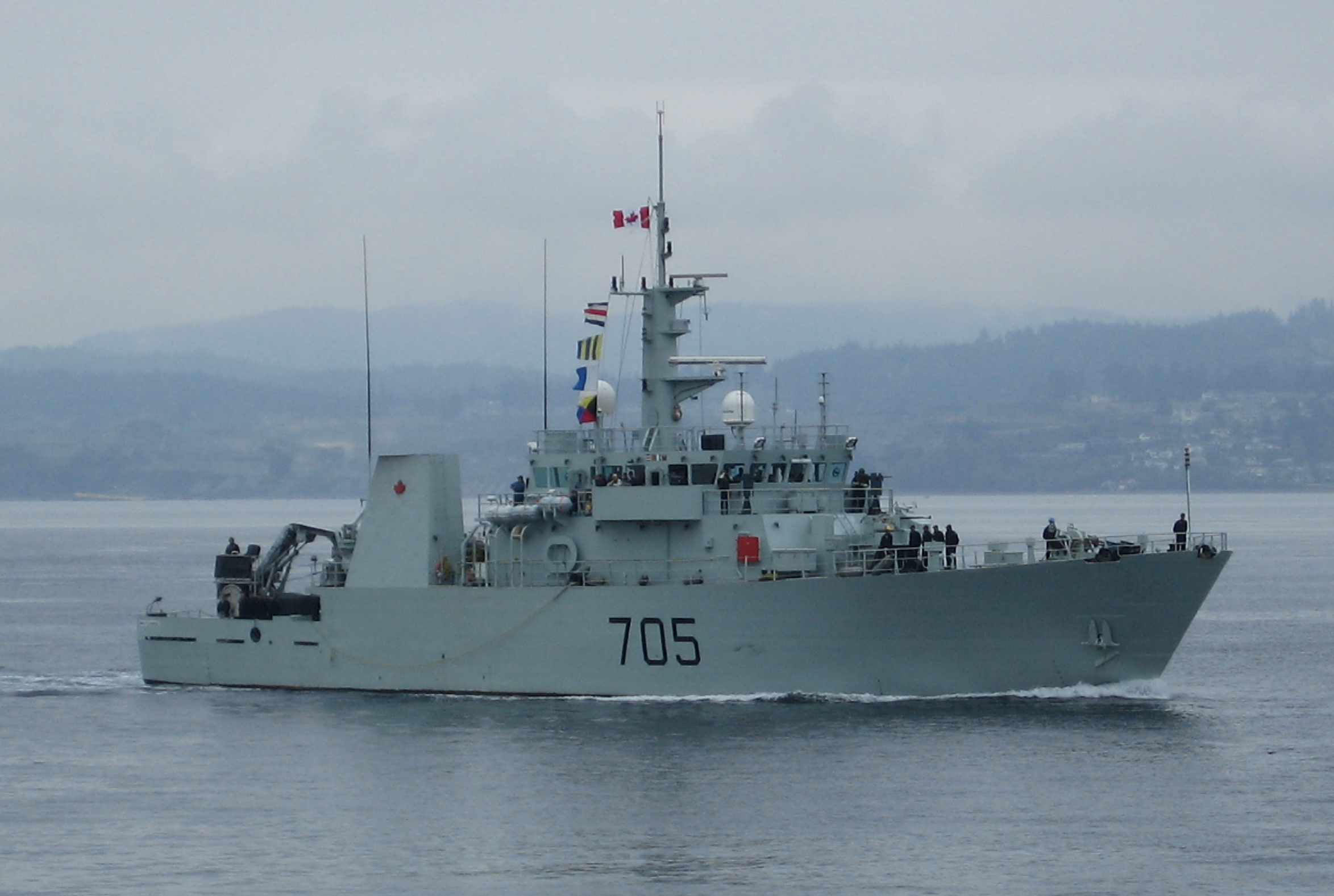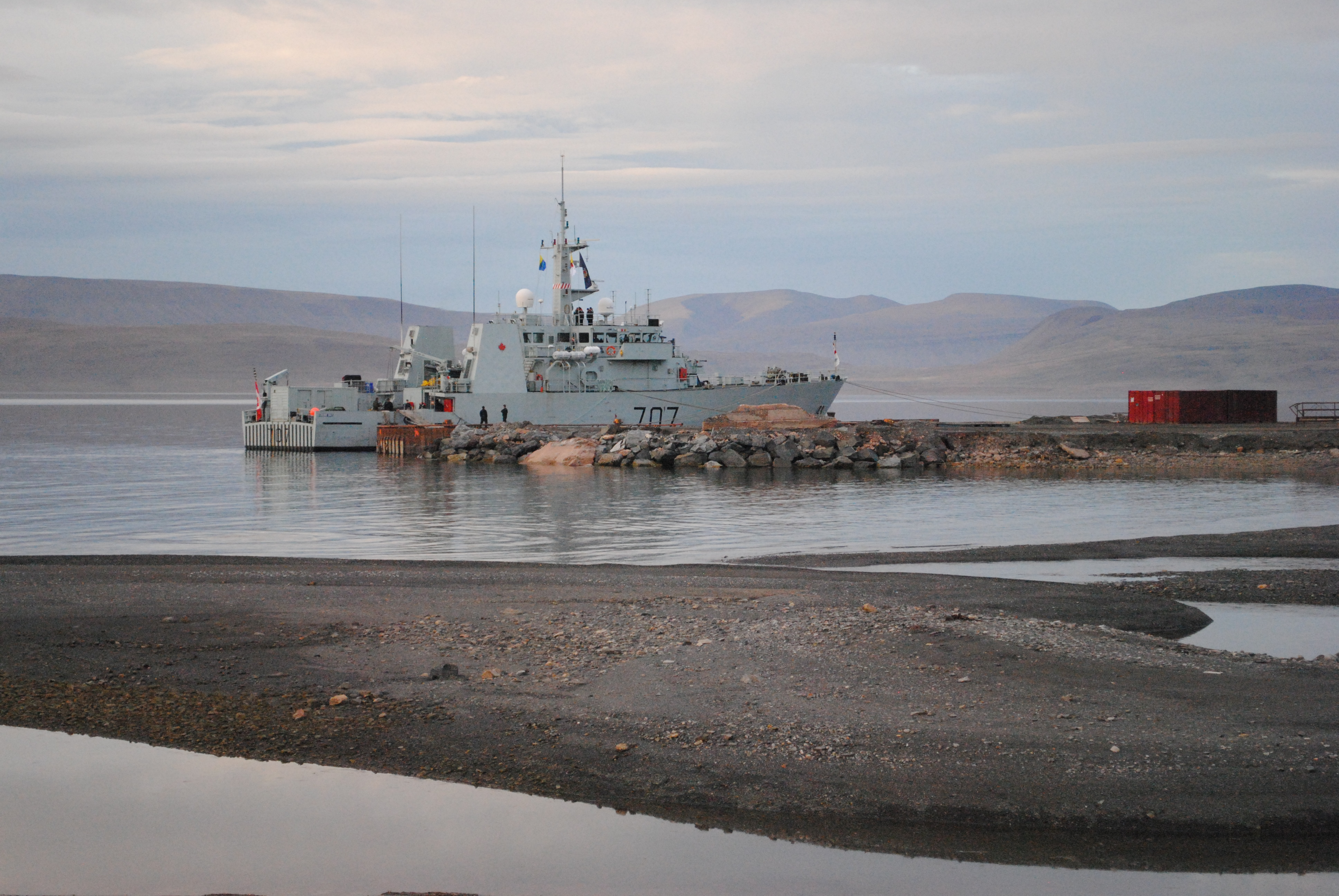Much of the recent coverage of the Royal Canadian Navy has related to the prospects of ongoing projects under the National Shipbuilding Procurement Program or the sheer age of the two main classes of combat vessels currently in service, the Halifax-class frigates and the Iroquois-class destroyers. But too often neglected in this discussion is the important role the Kingston-class coastal defence vessels play in protecting Canada. This is particularly surprising as the Kingston-class can offer some valuable lessons as the current Canadian government struggles to update the country’s maritime forces.
Although only seven Kingston-class patrol ships are currently in service, 12 were originally obtained through the Maritime Coastal Defence Vessel Project. In need of replacements for the Bay-class minesweeper, this procurement project was introduced in 1988 and a contract to design and build the new vessels was awarded to SNC-Lavalin in 1992. By 1996, the first Kingston-class patrol ships were delivered to the Royal Canadian Navy. From the announcement of the project to the delivery of the first vessel, the process lasted only eight years. While the procurement of the new Queenston-class support ships seems set to match this timetable, the procurement of other new classes is expected to take much longer. In particular, the Polar Class Icebreaker Project has doubled in estimated cost since its announcement and the vessels are not expected to be delivered until sometime in the 2020s, at least 12 years after the initial announcement.
While Canada suffers from an excess of procurement projects and a shortage of shipyards, the Kingston-class continues to fulfill its role of patrolling Canada’s coasts.
In many respects, the success of the Kingston-class procurement was due to the breadth of Canada’s shipbuilding industry at the time. When the Request for Proposals was released by the Department of Public Works and Government Services in 1988, six different firms made submissions: Fenco Engineers (which was amalgamated into SNC-Lavalin during the procurement), Halifax Dartmouth Industries, Saint John Shipbuilding, Allied Shipbuilders, Canadian Shipbuilding & Engineering, and MIL-Davie. Of these companies, only half remain in operation as of this writing. With such spirited competition for the Kingston-class contract, the Canadian government was able to secure a timely and cost-efficient delivery. But with the range of domestic shipbuilders currently quite limited, and given the Canadian government’s determination to have all contracts under the National Shipbuilding Procurement Strategy completed at domestic shipyards, there is little choice but to accept delays and ballooning costs.
Were the Canadian government to allow some contracts to be completed at foreign shipyards, competition would be restored to the procurement process. The CCGS Diefenbaker, Canada’s much delayed icebreaker, could be completed at a Vancouver shipyard, for example, while work on the Queenston-class joint support ships or the Harry DeWolf-class Arctic patrol ships could be distributed elsewhere. Faced with procurement issues of its own in 2011, the Royal Netherlands Navy sought shipyards abroad to produce the Karel Doorman, a multi-function support ship that will fulfill a role very similar to that of Canada’s future Queenston-class. The contract was awarded to a shipyard in Galati, Romania and the Karel Doorman was successfully turned over to the Royal Netherlands Navy in 2013.

While Canada suffers from an excess of procurement projects and a shortage of shipyards, the Kingston-class continues to fulfill its role of patrolling Canada’s coasts. Crewed by a combination of Naval Reserve and Regular Force personnel, it represents an innovative approach to defending Canadian sovereignty. Yet these vessels cannot perform this role alone. During the 2014 edition of Operation Nanook, a Kingston-class vessel, the HMCS Shawinigan, set a new record for the Royal Canadian Navy: it reached the furthest north of any modern Canadian combat vessel by transiting to 80 degrees 28 minutes north. But it must be noted that Norway’s Svalbard-class vessels regularly patrol the Svalbard Islands, located between 74 and 81 degrees north. In the absence of dedicated Arctic Offshore Patrol Ships, the Kingston-class will be ill suited to competing in the Arctic with the combat vessels of other countries.




